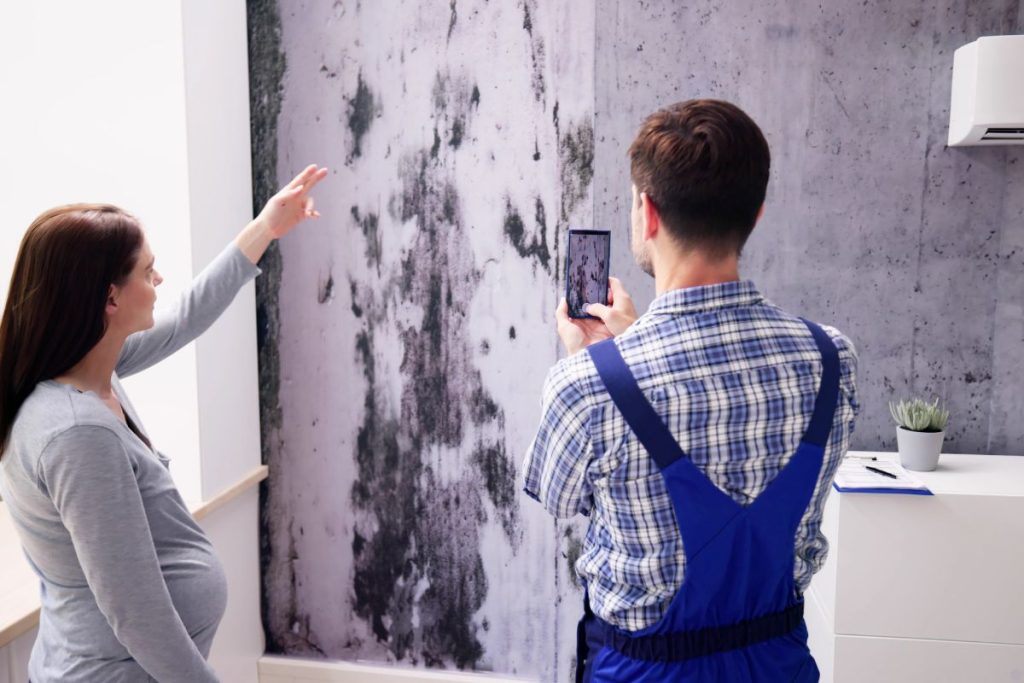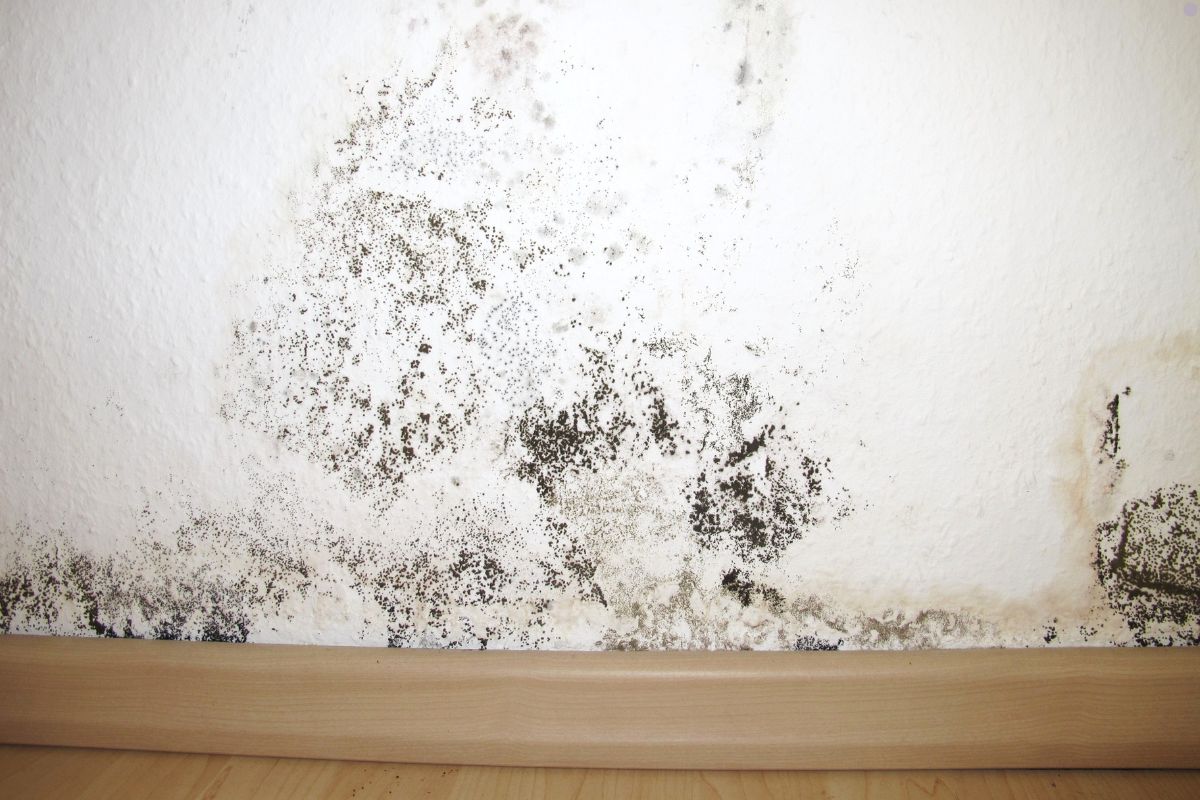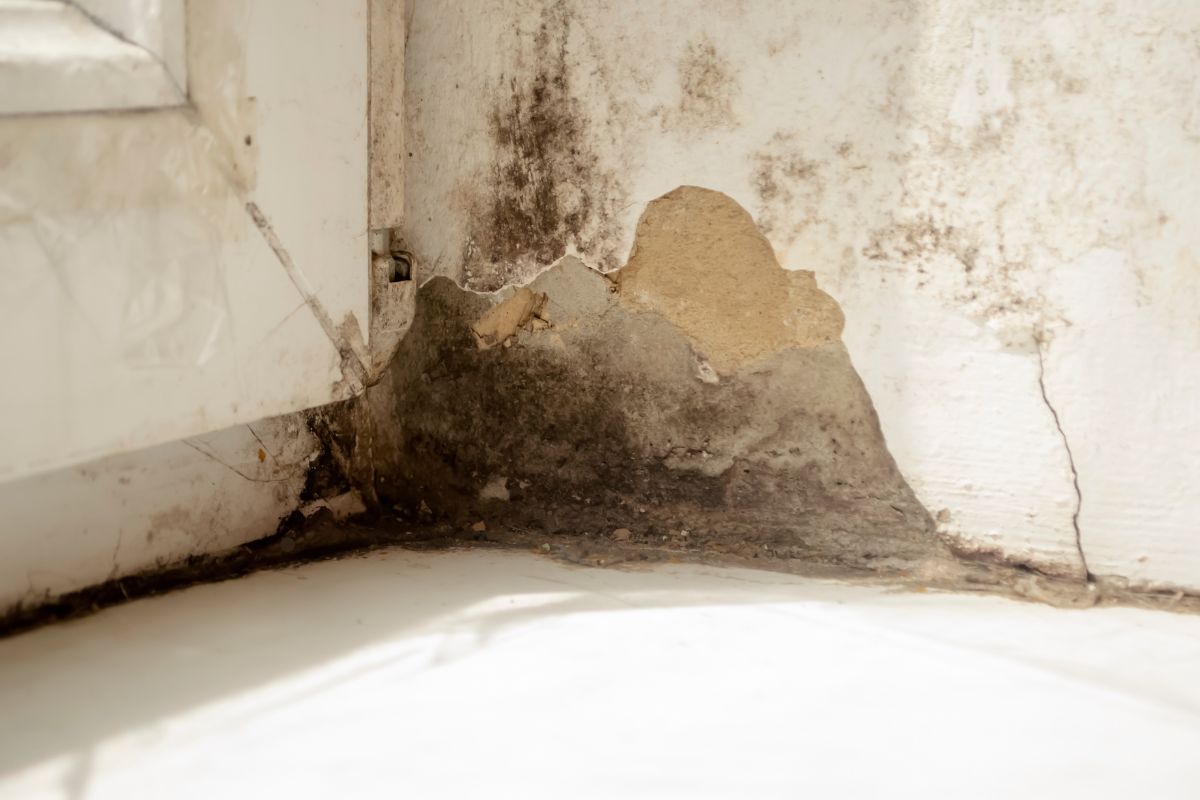
Worried you might have mold in your Austin home? The truth is, if you see discoloration, notice a musty smell, or have moisture problems, it could be mold. This guide walks you through identifying mold, common problem areas in Austin, and when to call the professionals.
Mold is more than just an unsightly nuisance; it can impact your home’s air quality and potentially cause health issues. If you suspect mold in your home, don’t wait—call us today for a thorough inspection and expert removal services. Let us help keep your home safe and healthy!
Understanding Mold in Austin Homes
Austin’s warm, humid climate creates ideal conditions for mold growth. From older homes with leaky pipes to newer constructions with ventilation challenges, mold can quickly become a problem. Being proactive in identifying potential issues is the first step in protecting your home. Bathroom mold removal services in Austin are essential for tackling the humidity-driven mold growth that can thrive in bathrooms. Expert removal ensures a clean, healthy environment by addressing hidden moisture issues and preventing future growth.
Demystifying Mold: The Basics You Need to Know
What is Mold?
Mold is a type of fungus that thrives in moist environments. It reproduces by releasing tiny spores that float through the air. These spores are everywhere, both indoors and out. When they land on a damp surface with a food source (like wood, drywall, or even dust), they can begin to grow.
How Mold Grows?
Mold needs moisture, a food source, and a suitable temperature to grow. Leaks, high humidity, condensation, and poor ventilation all contribute to a mold-friendly environment.
Common Types of Mold Found in Homes
While there are many types of mold, some common varieties found in homes include:
- Cladosporium: Often found on plants, soil, and decaying food. It can also grow indoors on fabrics and wood surfaces.
- Penicillium: Commonly found in soil, food, and indoor air. Some types can produce allergens and mycotoxins.
- Aspergillus: A very common mold found both indoors and outdoors. Some species can cause health problems.
- Stachybotrys chartarum: Often called “black mold,” this type is less common but can produce potent mycotoxins. It requires very wet conditions to grow.
Spotting the Signs: Visual Identification of Mold
Color and Texture
Mold comes in a variety of colors and textures. It can be black, green, brown, white, or even orange or pink. Textures can range from slimy and fuzzy to dry and powdery. Important: Color alone isn’t a reliable indicator of the type of mold or its potential health risks.
Common Locations
Pay close attention to areas prone to moisture:
- Bathrooms: Showers, toilets, and sinks.
- Kitchens: Around sinks, dishwashers, and refrigerators.
- Basements and Crawl Spaces: These areas are often damp and poorly ventilated.
- Attics: Roof leaks and inadequate ventilation can lead to mold growth.
- Around windows, doors, and pipes.

The Tell-Tale Smell: Identifying Mold Through Odor
What Does Mold Smell Like?
Mold often produces a distinctive musty, earthy odor. It’s similar to the smell of decaying leaves or damp dirt. Even if you can’t see the mold, the smell is a significant clue.
Where to Sniff for Mold?
Check areas where you suspect moisture problems, such as:
- Behind walls
- Under sinks
- Inside closets
- Around windows and doors
- Near HVAC systems
Where Does Mold Hide? Common Hotspots in Austin Homes
Bathrooms
Showers, leaky faucets, and poor ventilation make bathrooms a prime location for mold. Look for mold on shower tiles, grout, and around the toilet.
Kitchens
Sinks, dishwashers, and refrigerator leaks provide moisture for mold to thrive. Check under the sink, behind the dishwasher, and around the refrigerator’s drip pan.
Basements and Crawl Spaces
Basement mold removal services are key to eliminating damp areas that foster mold growth, helping you breathe easier in a healthier home. Professional experts ensure effective remediation, protecting your home from future mold damage.
Attics
Roof leaks, condensation, and inadequate ventilation can lead to mold in the attic.
DIY vs. Professional: When to Call in the Mold Experts
When to DIY
When to Hire a Pro
Consider hiring a professional in these situations:
- The mold covers a large area (over 10 square feet).
- You suspect mold is hidden behind walls or ceilings.
- You have health concerns (allergies, asthma, respiratory problems).
- The mold keeps recurring after cleaning.
- You’re unsure of the type of mold.
What to Expect: Professional Mold Inspection and Testing
The Inspection Process
A professional mold inspection typically includes:
- Visual Inspection: A thorough examination of the property for visible signs of mold growth.
- Moisture Detection: Using moisture meters to identify areas with elevated moisture levels.
- Air Sampling: Collecting air samples to measure the concentration of mold spores in the air.
- Surface Testing: Taking samples from surfaces to identify the type of mold.
Mold Testing Options
- Air Testing: Determines the concentration of mold spores in the air.
- Surface Testing (Swab or Tape Lift): Identifies the type of mold growing on a surface.
Understanding the Results
The mold inspection report will detail the findings, including the location and type of mold, moisture levels, and recommendations for remediation. Staying ahead of mold in Austin homes involves maintaining proper ventilation and addressing moisture issues promptly. Regular mold damage prevention practices, such as dehumidification and sealing leaks, can help protect your home from mold growth.

Staying Ahead of Mold: Prevention Strategies for Austin Homes
Controlling Humidity
- Use dehumidifiers in damp areas.
- Ensure proper ventilation in bathrooms and kitchens.
Proper Ventilation
- Open windows when weather permits.
- Use exhaust fans in bathrooms and kitchens.
- Ensure your HVAC system is properly maintained.
Fixing Leaks Promptly
- Repair any leaky faucets, pipes, or roofs immediately.
Regular Cleaning
- Clean bathrooms and kitchens regularly to prevent mold growth.
- Wipe down surfaces prone to moisture.
Protecting Your Home from Mold
Mold identification, remediation, and prevention are crucial for maintaining a healthy home in Austin. Don’t hesitate to seek professional help if you suspect a significant mold problem. Take steps to control moisture, ventilate your home, and address leaks promptly to minimize your risk. If you suspect mold in your home, don’t wait – contact us today for professional inspection and remediation.
Frequently Asked Questions About Mold
What Does Mold Look Like?
Mold can appear in various colors and textures, from black and green to white and powdery.
Is All Mold Dangerous?
While some molds are harmless, others can produce allergens and mycotoxins that can cause health problems.
How Quickly Can Mold Grow?
Mold can start growing within 24-48 hours in moist conditions.
Can I Remove Mold Myself?
Small mold patches can be removed yourself, but larger areas or hidden mold require professional remediation.
How Much Does Mold Removal Cost?
The cost of mold removal varies depending on the size of the area, the type of mold, and the extent of the damage. For an accurate estimate, call us today and let our experts assess your needs!

